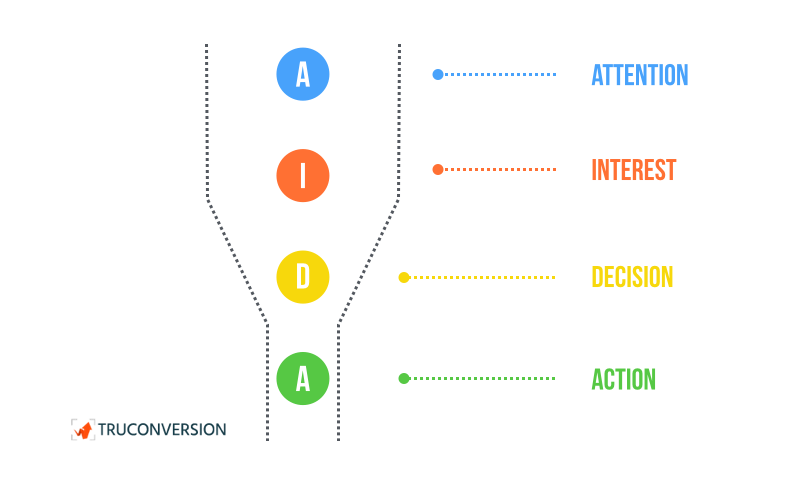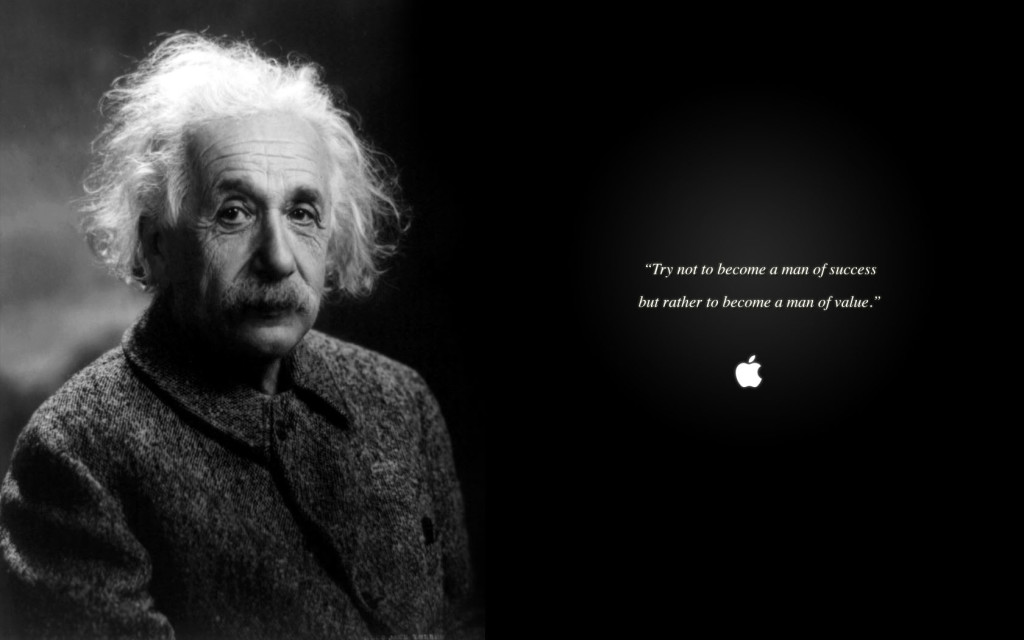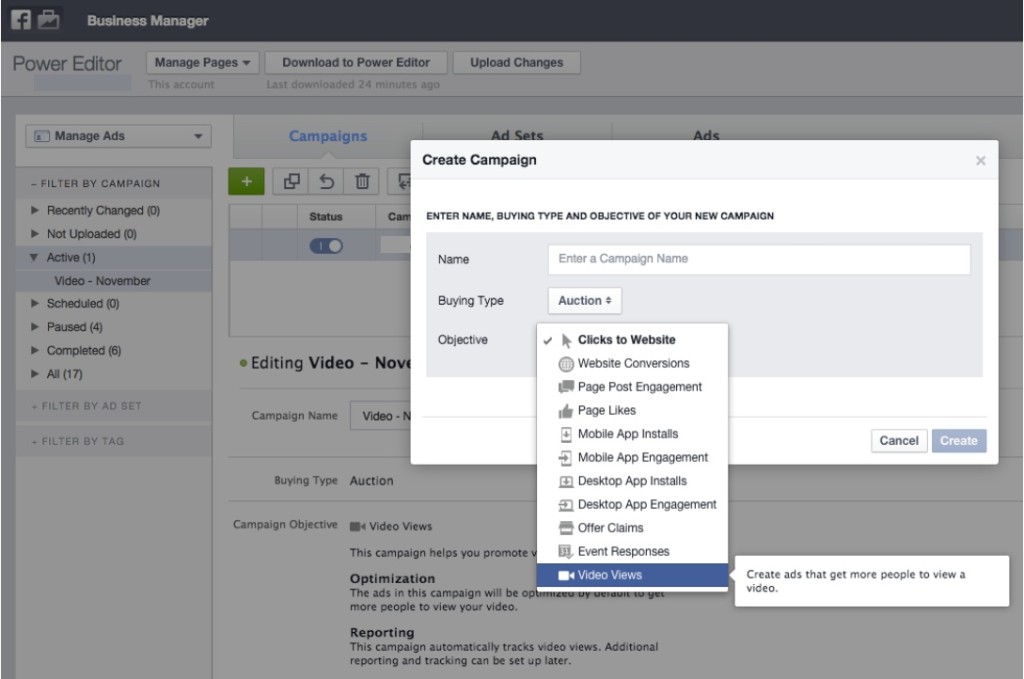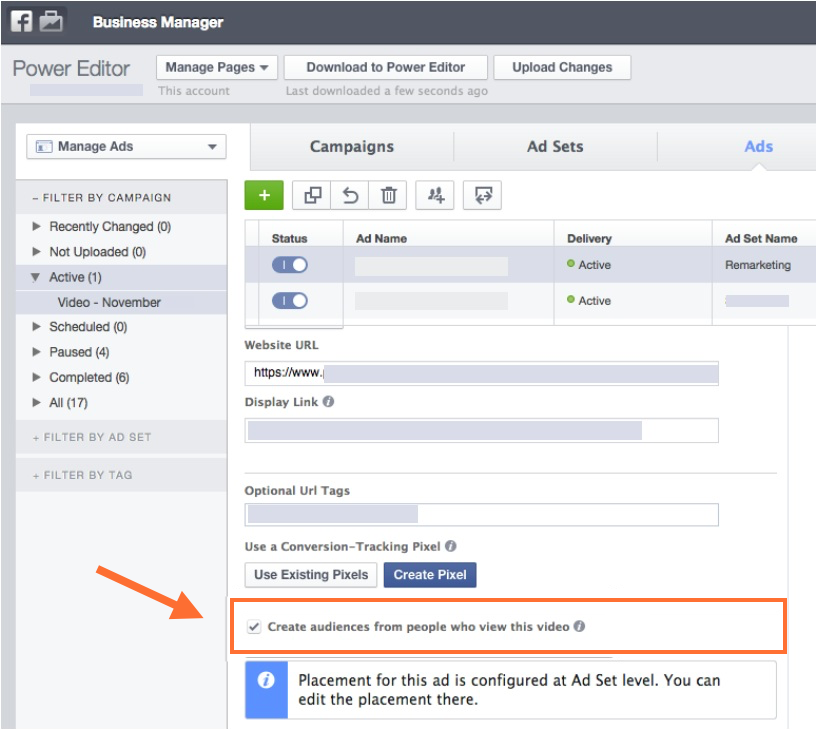Facebook is huge when it comes to marketing, but you already know that, right? There are many excellent advertising and ad targeting tools you can use to grow your business.
However, most recently, Facebook became an important player when it comes to video advertising. In the last year, it rolled out a native video and premium video ads, so getting high performing Facebook video ads should be a priority for any marketer worth his or her salt.
Why is it important? Well, video currently accounts for 78% of all web traffic, and that number is only expected to grow. The native video is going to be a dominant force of social networks in the years to come, according to AdWeek.
But what makes Facebook better than say YouTube or any other video advertising platform? There are few things, but the main one is the power of Facebook to make your content go viral. And we all know what that means for a marketer.
Why Video Ads?
Firstly Facebook videos have much higher organic reach than any other type of content on the social network. This makes its potential to go viral highly attractive.
And virality is powerful. For example, when Dollar Shave Club released its $1000 video it got so popular, the company gained 500,000 customers in the first week and attracted several VC investors.
But we all know that videos are highly shareable. But did you know the performance goes up? According to Unruly, the number of shares a brand video gets in the first three days since it was published almost doubled in 2014.
Obviously, video can communicate much more than a mere ad. You can inspire customers, tell stories, build brand appeal in a way standard advertising can’t.
So, it definitely makes sense to try this exciting marketing channel and make the most out of it. Here’s how to get started.
#1 Choose Your Objectives
Before you invest your first advertising dollars, you need to decide what your objectives are. Are you trying to build brand awareness, drive traffic, increase conversions or generate leads?
Knowing what your ultimate goal is will determine what video you should create and how to distribute it. Likewise, you want to your metrics accordingly. Here are the key metrics to for different objectives.
Obviously, choosing the right metrics is hugely important. As Peter Drucker pointed out, “what gets measured, gets managed.” If you don’t track your results or focus on vanity metrics instead, you may end up losing your money.
#2 Choose Your Target Audience
Who is your ideal audience? Who do you want to convert? Millennials with an interest in fashion? People who are your existing customers. Or do you want to retarget people who already landed on your site?
Targeting features are one of the biggest advantages of Facebook, so you want to use them.
The more specific the target group is, the better the chances they’ll convert. This is important, as marketing is about getting conversions not just cheap clicks. So make sure you know your audience well. Here are some of the key targeting options.
You can play around with these options in “Audience Insights” page in the Facebook Ads Manager, and create your ideal setup. Before you start, do you audience persona research.
Example: Amex knows their demographics. The ad is also attention grabbing, personal and incorporates a campaign specific hashtag for better virality.
Personas are fictional characters; that best represent your ideal customer or advertising audience. You want to describe them as in the template below, and then test your assumptions by running a couple of test campaigns.
It might take some time to get it right, so make sure you break down your budget and invest it iteratively rather than all at once. This approach will allow you to adjust on the go.
#3 The Basics of Great Ads
What makes a great ad? One way to think about video ads in particular, is to see them as a sales pitch. The point of the ad is to basically talk to your potential customer.
But you don’t want be salesy, as in fact, if your pitch sounds like sales, you suck at selling. That’s a great thing about video ads. They communicate telling stories instead of giving an outright sales pitch.
The end goal, however, is the same. You use different tool to achieve the same objective. You want to get attention, pitch a your audience and convince them to take action, such as going to your landing page to sign up.
In sales, there’s a model for that. It’s called AIDA. Attention, Interest, Decision, Action. So, in other words, you want your ad to be attention grabbing; that can be achieved using colors or music.
Example: This 2008 Sony Bravia Ad is the Perfect Example of Grabbing Attention
Then you want to raise interest in the product and lead your audience towards taking an action. That means, provide a link to your landing page or give a deadline to take advantage of a special offer.
Another great example of an ad that grabs attention is the Old Spice guy. It’s powerful right from the beginning, it’s unusual and delivers the message.
#4 Unique Value Proposition
A good ad explains the unique value proposition. To achieve that efficiently, it’s best to focus on simplicity. You want your audience to ‘get’ the message, and so the more simple it is, the more likely they’re to understand it.
Example: Volvo does a great job showing the UVP, while also providing an entertainment value which in turn made the video go viral.
It can be achieved in multiple ways. The best way, however, is to put yourself in the shoes of your audience and take it from there. If your product solves more than one problem, provide use cases. For example, here’s another great ad from Apple.
But don’t just feature the benefits of the product, nobody’s interested in that. People want to see how your product will improve their lives. You ultimately want to sell a vision of them becoming better, happier, more accomplished.
#5 Storytelling
Successful brands love stories. Twitter isn’t a 140 character feed, it’s a way to connect with your friends and other fascinating people. Apple isn’t just a notebook or a phone, it’s about thinking different.
Storytelling has huge an effect on our brains. A study from 2012 revealed that not only the language processing parts of our brain become more active while reading or hearing a story, any parts we would use when experiencing the event real-time get activated too!
Another research shows that storytelling boosts the release of oxytocin, a neurochemical that stimulates feelings of trust, empathy and cooperation. What’s even more exciting is that character-driven stories caused oxytocin synthesis most consistently.
#6 Technical Quality
Needless to say, quality matters. And while the story is the most important element of engaging content, technical quality plays a big role too. According to Jupiter Research, 60% of viewers are less likely to return if the video is low quality.
#7 Call to Action
Inspire audience to take action. Go to a link, buy your product, sign up on a landing page, buy something now and claim a discount. Remember the ABC rule. Always Be Closing.
Selling and advertising are like seduction. Imagine you’re a guy trying to seduce a lady. It doesn’t matter what you say and how interesting you come across, if you don’t ask her out, the chances are the two of you won’t go on a date.
So make sure you provide clear steps on how to take action. Otherwise, it’s just entertainment.
#8 Set Up Your Facebook Campaign
So you created your video, and now you need to set up a campaign. It’s a relatively straightforward process. Here are the basic steps.
Step 1: Start with selecting ‘video views’ as your objective. You can also go with ‘boost post’ but the former gives you lower cost per view.
Step 2: Define your audience. As discussed before, Facebook offers excellent targeting options so if you know who your ideal viewers are, there isn’t much stopping you from targeting them.
Step 3: Custom and Lookalike Audiences are another great tools. You can just upload email list of your hottest leads and get Facebook to find them. Lookalike audiences allow you to target anyone who matches their profile.
Step 4: Set your budget and pricing. What you want to do is to break your budget down to small chunks and run campaigns in batches. This way you’ll be able to iterate and improve.
Step 5: Edit your text copy and your CTA. Choose where you want your ad to be served. I recommend mobile feed over the desktop. That’s because the majority of Facebook’s video plays are coming on mobile, but it also takes up the whole screen along with a great call-to-action button.
#9 Re-target People Who Viewed Your Video
Editor’s note: It seems like this option is not longer available in the Facebook ads manager or the Facebook Power manager but available in some third party ads services.
A great way to boost your performance is to re-target people who viewed your video with fresh ads. Just go to your ad manager and select “Create audiences from people who viewed this ad.”
This will automatically create two lists. One with people who watched at least 3 seconds of the video, another with people who watched at least 95% of the video. However, you need at least 1000 viewers in 24 hours to get those lists.
Once you get them, you can create campaigns to re-target those viewers.
#10 Track Your Campaign
How you track your campaign ultimately depends on your original objectives. Luckily, Facebook provides some valuable analytics.
Conversions: To track the traffic that comes from the ad to your website use a URL with UTM codes. You can also use Facebook Conversion Pixels if you’d like to see the long-tail effect of your campaign.
Engagement: Tracking your engagement is a relatively easy. The Ads Manager pretty much shows it all. Just choose “Campaigns,” and click on your ad to see how it performed.
Audience Reach: Audience reach is another simple metric to track. The “Campaign Report” page shows how many people viewed your ad and what is your Relevance Score. This will help you evaluate if your target audience actually liked your video.
Iterate: As is it with anything you want to improve, it’s an iterative process. If you break down your budget and try multiple experiments, you’ll eventually determine the ideal setup.
Here’s how it goes. You start with a hypothesis, e.g. number of clicks you get, run a campaign for some time and measure the results. Then, use what you learned to improve.
A/B testing your video is a powerful tool. Basically, you want to run two versions of a video and see which performs better. Let’s say the A version has a different call to action than the B version. Or you can run videos at two different times or demographics.
Once you find a winner, start again with a new hypothesis. Marketing is not a hit or miss event; it’s a continuous process.
Summary
• Define your objectives. What do you want to achieve?
• Define your audience. Make sure they align with your goals.
• Follow AIDA model. Attention, Interest, Decision, Action.
• Don’t merely sell benefits. Sell the vision of the better, happier or a more successful customer.
• Tell a story. Stories sell and build trust.
• Remember the ABC rule. Always Be Closing. Don’t wait for them to take action, provide clear steps instead.
• When setting up your campaign, use video views, custom and lookalike audiences.
• Retarget people who viewed tour video for better conversions.
• Track your campaign according to your objectives.
• Break down your budget and iterate. A/B test your videos.
Do you have a secret sauce on how to make high performing Facebook video ads? Let us know in the comments.
This post originally appeared on the Trueconversion blog.
Want to make great Facebook video ads? Check out Shakr, we have over 300 great video designs that you can make video ads to run on Facebook with.














